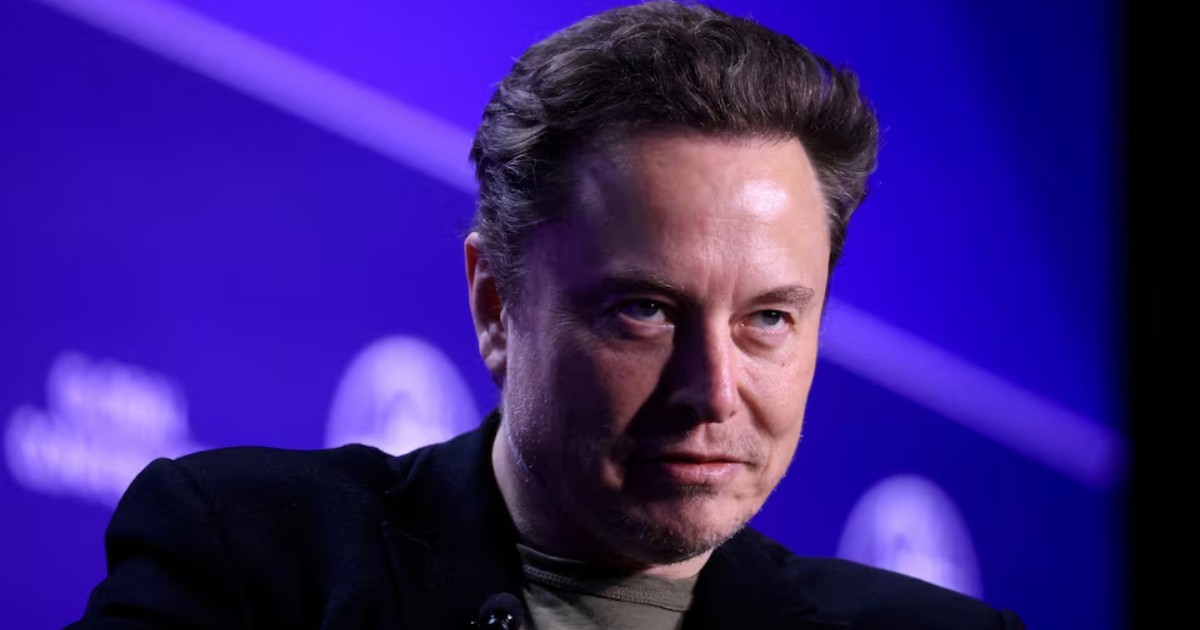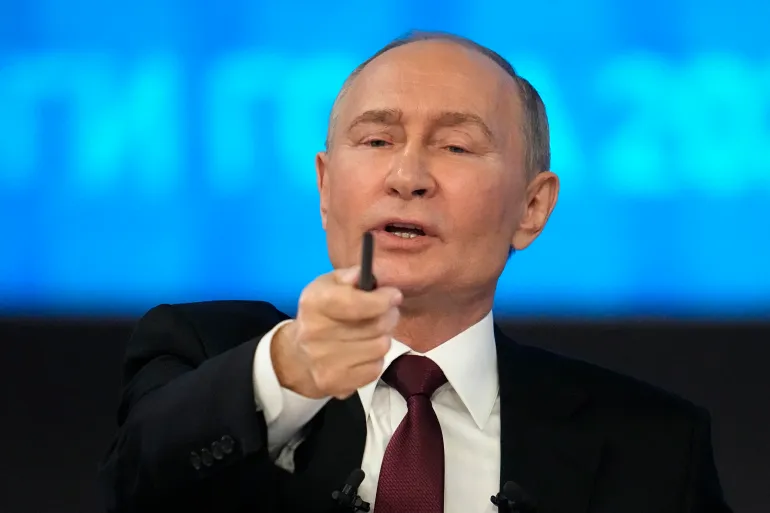A Quiet Call With Loud Consequences
For months, President Trump has claimed he could bring peace to Ukraine “in 24 hours.” But after a much-anticipated phone call with Russian President Vladimir Putin, the situation on the ground appears unchanged — or possibly worse.
Instead of pushing for an immediate ceasefire or laying out a firm U.S. strategy, Trump left the impression that America may step back while Ukraine and Russia “figure it out.” That vague approach is raising red flags among Ukrainian leaders and European allies who worry that the Kremlin now sees a green light to press forward.
Key Developments
The call, which reportedly lasted two hours, was framed by the White House as “constructive,” but no concrete outcomes were announced. Trump said Ukraine and Russia would now “talk directly,” without offering a timeline, format, or plan for international oversight.
While Ukraine is calling for a 30-day ceasefire to create space for broader negotiations, Russia has rejected that idea. Instead, it insists on negotiating a final peace agreement now — a move critics say is designed to stall while continuing military advances.
Russian officials were quick to praise the tone of the conversation, saying neither leader wanted to hang up. That detail, shared by the Kremlin, did little to ease fears that Putin walked away with exactly what he wanted — and few consequences.
What’s Behind It
Trump has often promoted his personal rapport with world leaders, suggesting that his business-style instincts are more effective than traditional diplomacy. But in this case, his reluctance to pressure Putin — through sanctions, military aid, or political leverage — has left many wondering whether the U.S. is retreating from its role in the conflict.
He floated the idea that the Vatican or newly elected Pope Leo might get involved, but didn’t outline how or when that might happen. He also expressed frustration with the cost of U.S. military aid to Ukraine, signaling that his administration may not match the support levels seen under President Biden.
Without clear commitments, observers say the U.S. influence in shaping peace is fading.
Reactions from Ukraine and Europe
Ukrainian President Volodymyr Zelensky confirmed he spoke with Trump both before and after the call with Putin. In a diplomatic but firm post on X (formerly Twitter), he reiterated that any peace process must include the U.S. and Europe — not just Russia.
He warned that if America distances itself now, only Putin stands to gain.
European leaders, including French President Macron and EU Commission head von der Leyen, joined a follow-up call with Trump. But privately, sources say frustration is building over what many view as an absence of American leadership at a critical moment.
What’s Next?
Without pressure from Washington, Putin is unlikely to shift his position. Ukraine, already stretched thin on the battlefield, continues to call for international help to hold its ground. Meanwhile, the lack of clear deadlines, conditions, or enforcement mechanisms means the so-called “peace process” remains mostly talk.
As of now, peace in Ukraine looks more like a distant idea than an imminent breakthrough.
Closing Thought
Trump insists he’s committed to ending wars — but his latest steps on Ukraine raise more questions than answers. Without a bold move from Washington, Kyiv may be forced to negotiate under fire, and the world could watch yet another opportunity for peace slip away.







